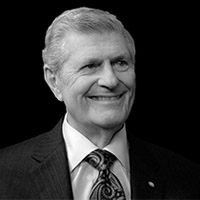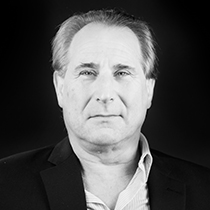Things to Consider for Your 2015 Capital Gains Tax
There are all kinds of investors in the world. Some are looking to make a quick buck by buying and then quickly selling stocks as soon as they increase in value. Other investors buy stocks with an eye toward the future, which means they are in it for the long haul.
In any case, anyone who invests wants to be successful at it. It’s a great feeling to buy stock in a company and see that stock increase in value. However, at some point if you plan on selling that stock and cashing in or your gains, you will have to give a portion of those gains to the taxman. What percentage you will owe will depend on the size of your gain and how long you have owned the stock.
The government wants investors to hold onto their stocks longer. To encourage this they have a lower tax percentage on stocks held longer than a year. Whether you’re a quick turnaround trader or a long-term investor here’s what you should be aware of in 2015 for your capital gains taxes.
First, generally all you need to know to determine your capital gains is the difference between what you paid for the stock and how much you sold it for. When you know that amount then you can calculate the tax. Your tax rate will depend on which bracket you’re in. There are three that apply:
- If your ordinary income puts you in the 10-15 percent tax bracket, then your long-term capital gains rate is 0 percent.
- If your ordinary income falls in one of the 25, 28, 33, or 35 percent tax brackets then your long-term capital gains rate is 15 percent.
- If your ordinary income is in the 39.6% tax bracket, then your long-term capital gains rate is 20%.
There are a few other caveats to remember. For high-income earners, there is an additional 3.8 percent surtax on net investment income. Also, you only pay taxes on the net of your capital gains, which can make a big difference if you sell more than one stock in a year. If you want to learn more about capital gains taxes then please contact GROCO for more answers. Click here or call us at 1-877-CPA-2006.
Life of a Leader | Richard King
About Richard King Richard King served as the World President of Rotary International from 2001-2002, supervising the work of 350,000 members in 163 countries around the world. During his tenure, Rotary has it’s greatest one-year growth record in its history, with an increase on some 75,000 new members and a new Rotary club formed…
Building Barriers of Entry | Alfred Mandel
About Alfred Mandel Alfred Mandel has been an entrepreneur since his teens and has over thirty years experience in technology businesses, Steve Beals notably at Apple Computer and Redgate Communications. He co-founded and ran Tenex Medical Investors, which become this country’s largest angel investor group for the health and life sciences. In its eight years…
Standing Firm | Lily Mei
About Lily Mei For over 20 years, Lily Mei and her family have proudly called Fremont home choosing our city for its family-friendly environment. Lily is both proud to be a contributor to the growing success of Fremont’s public education system and be a proud parent of two current students. Interview Transcript: Lily…




